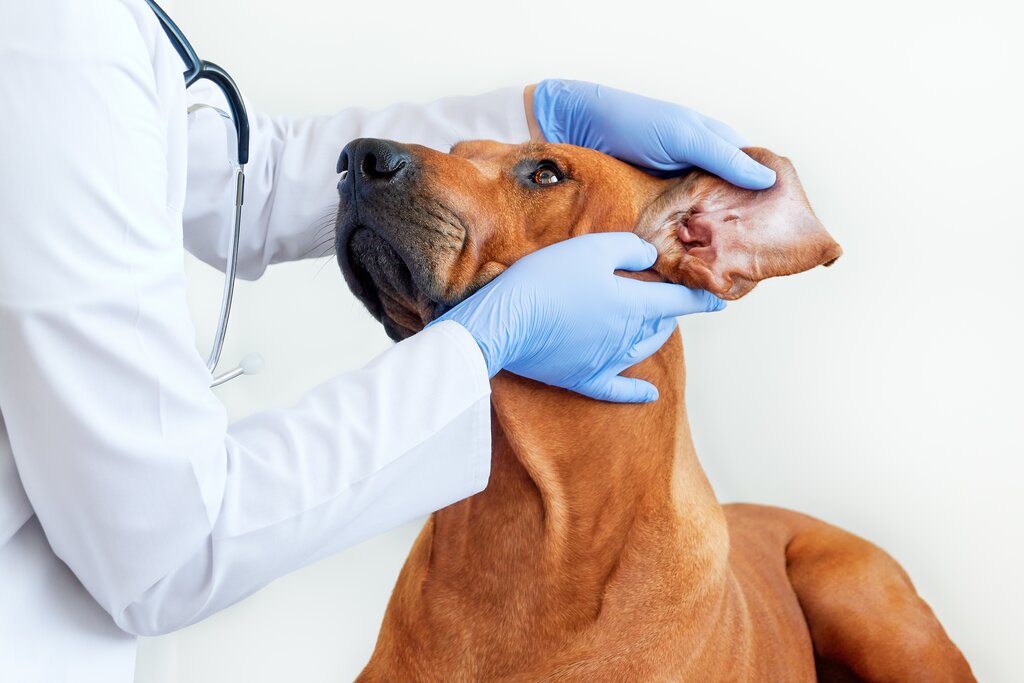The short answer to this question is, anything that causes inflammation of the ear canal can result in an infection. The ear canal can become inflamed due to seasonal allergies and atopy, parasites, auto-immune disorders, excessive moisture, or food allergies, and this warm, moist environment becomes the perfect breeding ground for yeast and bacteria.
The long answer? Ear infections in dogs are caused by a combination of: predisposing factors, underlying causes and opportunistic yeast and bacteria. While yeast and bacteria may be easily killed with a course of antibacterial or antifungal drops, an understanding of the predisposing factors and underlying causes present is essential to prevent the infection from recurring.
Physical and environmental factors
Some dogs are naturally predisposed to getting ear infections, due to the conformation of their ears. Narrow ear canals, excessive fur within the ear, and long floppy ears can all increase your dog's likelihood of ear infections. Breeds that are particularly prone include pugs, cocker spaniels, poodles and poodle mixes like spoodles and labradoodles, bichon frises, beagles, and retrievers.
Dogs who swim can also be prone to ear infections. If you've got a water-loving pooch, it's important to clean and dry their ears afterwards with an ear cleaner.
Skin allergies
Dogs with skin issues are also more likely to suffer from ear infections.
Why do ear infections and itchy skin go hand in hand? It's no coincidence that ear infections and skin allergies often flare up at the same time. This is because the inside of the ear is really just an extension of the skin. Therefore, anything that irritates the skin will also irritate the skin within the ear canal, which leads to inflammation, heat, and moisture - in other words, the perfect environment for bacteria and yeast to set up camp!



